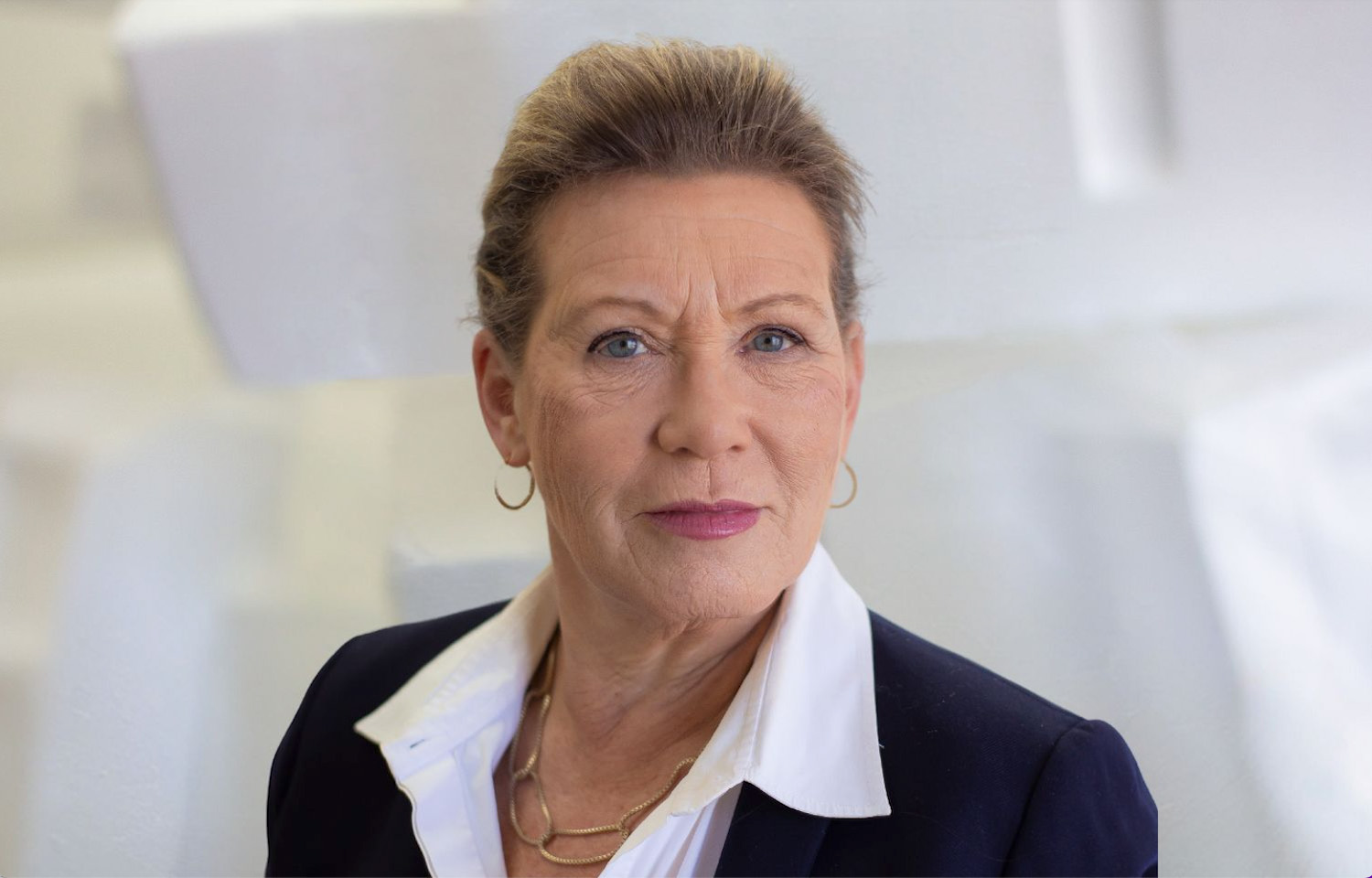Betsy Bowers is the executive director of the EPS Industry Alliance (EPS-IA), a North American trade association representing the expanded polystyrene (EPS) foam industry.
Sustainable packaging is no longer just theoretical. It has transitioned to tangible criteria that can qualify materials and shipping solutions to achieve environmental improvements. The circular economy is driving innovation in packaging design and extending the life of materials with recycling and composting advancements. It’s an exciting time for the packaging industry, and fish boxes are no different.
To fully embrace this groundswell of opportunity, a new way of thinking is in order. Critical thinking requires knowledge and context. Recycling alone is complex, requiring multifaceted analysis that considers the disposal location, material composition, contaminants, end uses, fluctuating market demands, and many more factors.
Add to this the manufacturing innovations that produce recycled content feedstock and the ever-evolving technical advancements that move us closer to a sustainable future, and it becomes a vast amount of information to digest, interpret, and evaluate.
This comprehensive, critical thinking needs to be applied across the board – both with a fresh perspective and without prejudice against materials, which is often based on misinformation. Sustainability goals set by environmental policy are ambitious. To meet these goals, assumptions and biases must be replaced with facts from scientific sources, especially when assessing plastic.
Expanded polystyrene (EPS) cold chain seafood shippers, also known as fish boxes, are an excellent example to illustrate why this is so important. In commercial use, EPS fish boxes are known for their unsurpassed ability to keep seafood fresh from catch to table, offering outstanding performance at an affordable price.
EPS packaging keeps food fresh for extended periods and eliminates doubts over food safety. Fresh, chilled, frozen, and processed seafood are a global commodity that crosses nearly every ocean and touches almost every major continent. Maintaining fish at a core temperature from catch until delivery ensures safety, freshness, and quality and reduces post-harvest losses. In addition to keeping them cold, seafood products must be protected from physical damage during transit and storage, which EPS packaging does incredibly well.
When considering EPS’s environmental performance, however, objections often arise. Yet, broader sustainability parameters and third-party information sources indicate those objections are unfounded.
EPS fish boxes are recycled throughout the world in many ports and fish markets. The Toyosu Fish Market in Japan, Billingsgate Fish Market in London, Sydney Fish Market in Australia, and Vancouver, Canada fish markets are just some examples of where this is actively happening.
North American big box retailers also have a vested interest in EPS fish boxes due to their in-house recycling capabilities. EPS waste is typically compacted, reducing its volume by a factor of 20 to 50. There is a strong market demand for densified EPS, historically selling for USD 0.21 to USD 0.27 (EUR 0.19 to EUR 0.24) per pound. Many European countries achieve fish box recycling rates of 90 percent, while a number of other countries are not far behind.
But, recyclability alone does not determine a material’s sustainability. To evaluate the environmental aspects of a cold chain packaging system like fish boxes, it is necessary to assess many criteria, not just recyclability. Material production impacts, assembly and transport impacts, end-of-life management, and impacts associated with food waste must all be considered, with data transparency being key to understanding environmental outcomes.
While recycling is often perceived as the holy grail of environmental excellence, things like life cycle metrics that account for water and energy consumption, CO2 emissions, and transportation impacts must also be taken into account to get the full picture.
Over the past 20 years, numerous peer-reviewed life cycle studies on fish box packaging systems, including paper-based alternatives, show that EPS has more favorable results when considering total environmental impacts. In general, EPS packaging has lower energy use, lower water consumption, and lower CO2 emissions when compared to paper alternatives.
As life-cycle analysis progresses, material comparisons are becoming more sophisticated. A 2024 life-cycle study by SGS Intron reports the product environmental footprint (PEF) for cardboard fish boxes is 1.55 to 2.91 times greater than EPS, and the environmental impact due to potential global warming from changes in land use is 38 to 75 times greater for the paper-based fish boxes.
Contrary to public opinion, cardboard fish boxes may not offer environmental advantages over EPS.
Packaging’s most important function is to deliver products safely to their destination. Even a 1 percent increase in product damage or food spoilage can cause a measurable environmental deficit, as it necessitates additional manufacturing to replace the lost goods. Alongside life-cycle analysis, increased damage can be quantified to measure increased costs and environmental harm.
You cannot truly evaluate EPS against competing materials without acknowledging that, in many cases, its technical packaging properties cannot be matched; it has lower running costs, and as a mono-material, it reduces manufacturing challenges. Switching away from EPS can also mean significant investment in order to adapt existing production.
Ongoing efforts to eliminate EPS packaging may be well-intended, but are not factually supported. At every stage – from manufacture to disposal – EPS offers net-positive environmental traits. Scientific and peer-reviewed data covering every stage of a product’s life cycle – not just recycling – is essential for our society to tread more lightly on the environment.
Gathering this information and thinking these things through systematically might just lead you to a conclusion you didn’t expect.







